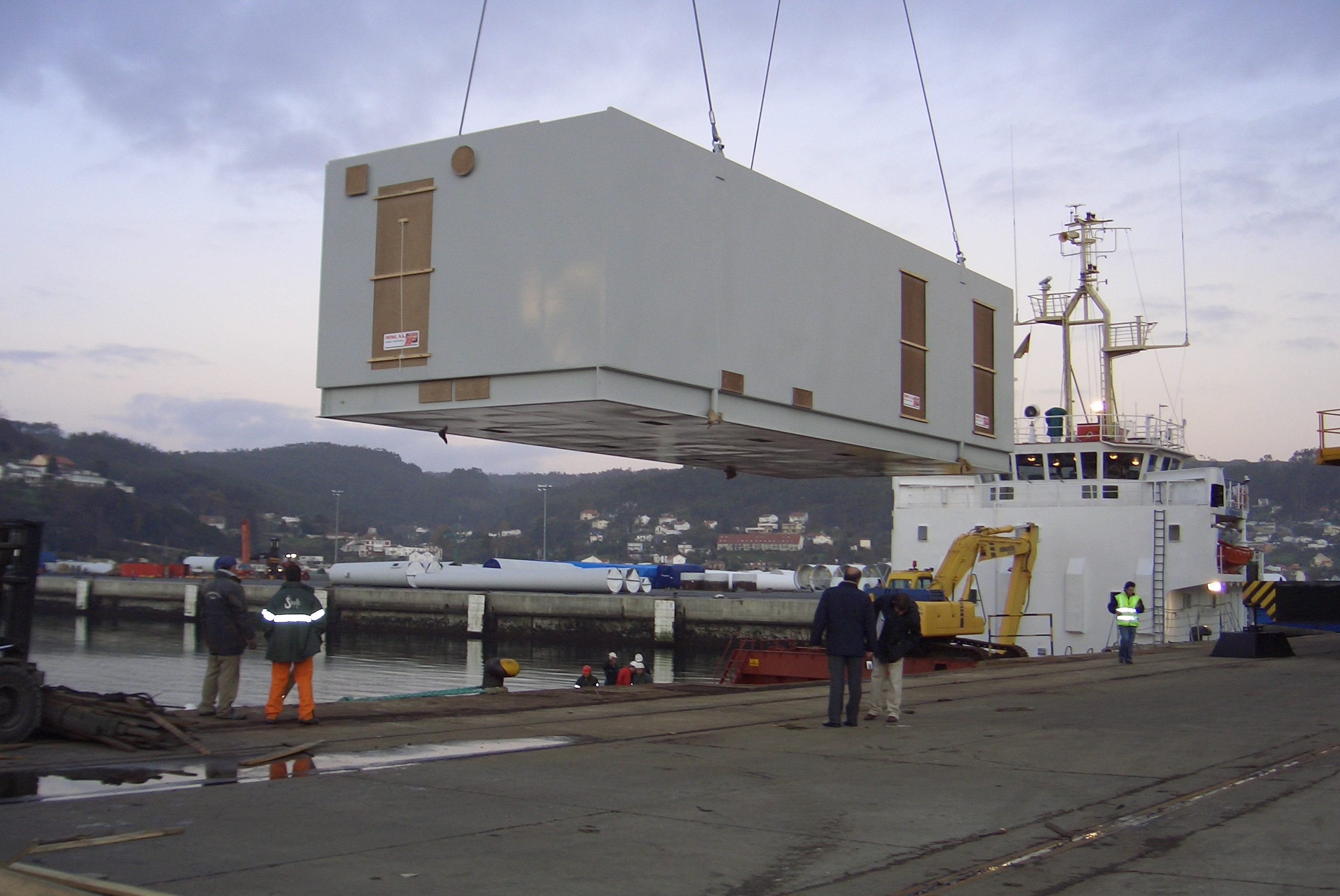Offshore modules, whether for oil and gas, wind, or other marine applications, face a constant barrage of environmental challenges. Designing for extreme weather conditions is not just good engineering practice; it’s a fundamental requirement for ensuring the safety and longevity of these structures.
Designing offshore modules to withstand extreme weather conditions requires a comprehensive approach that integrates structural resilience, environmental adaptability, and operational safety. The engineering challenges posed by high winds, towering waves, extreme temperatures, and ice accumulation demand innovative solutions that ensure the reliability and longevity of offshore installations.
A fundamental consideration in offshore module design is structural integrity. The framework must be robust enough to endure dynamic loads from storms, waves, and potential collisions while maintaining stability. Material selection plays a crucial role in achieving this durability, with corrosion-resistant alloys and high-strength composites being preferred to counteract the harsh marine environment. Structural reinforcements, including advanced bracing techniques and optimized load distribution, contribute to the overall resilience of the modules. In regions prone to hurricanes or typhoons, modules may require additional anchoring solutions or semi-submersible designs that allow for controlled movement in response to external forces.
The adaptability of offshore modules to extreme temperatures is another critical design aspect. In arctic conditions, where ice buildup can compromise both structural and operational integrity, heating elements and coatings that prevent ice adhesion are commonly integrated. Conversely, in tropical environments with intense heat and humidity, thermal insulation and ventilation strategies help maintain internal conditions suitable for both personnel and equipment. The incorporation of passive and active climate control systems ensures that operations continue efficiently regardless of environmental extremes.

Wave and wind impacts necessitate advanced hydrodynamic and aerodynamic modeling during the design phase. Computational fluid dynamics (CFD) simulations assist in predicting how offshore structures will interact with severe weather patterns, enabling engineers to refine module shapes and orientations for optimal performance. Wind tunnel testing provides further insights into reducing wind-induced vibrations and drag forces, while the use of motion compensation technologies mitigates excessive movement caused by wave action.
Safety remains a paramount consideration, particularly in emergencies triggered by extreme weather. Escape routes, lifeboat stations, and emergency power systems must be strategically positioned and protected against high winds and flooding. The integration of real-time weather monitoring systems allows for proactive adjustments to operations, giving crews the ability to prepare for approaching storms. Additionally, remote monitoring and automated control systems enhance response capabilities, reducing the reliance on human intervention in hazardous conditions.
Finally, the design process should incorporate a robust risk assessment and management plan. This involves identifying potential hazards, assessing their likelihood and consequences, and developing mitigation strategies. Regular inspections and maintenance are essential to ensure that the module remains in good condition and is capable of withstanding extreme weather conditions. Furthermore, emergency response plans should be in place to address any incidents that may occur during severe storms. By considering all these factors, engineers can design offshore modules that are not only functional and efficient but also resilient to the most extreme weather conditions, ensuring the safety of personnel and the protection of the environment.
Offshore module design for extreme weather conditions is a multidisciplinary effort that synthesizes materials science, structural engineering, environmental adaptability, and safety planning. By leveraging advanced simulations, resilient materials, and adaptive technologies, engineers can develop offshore platforms that not only survive but continue functioning efficiently amid nature’s most formidable challenges.
